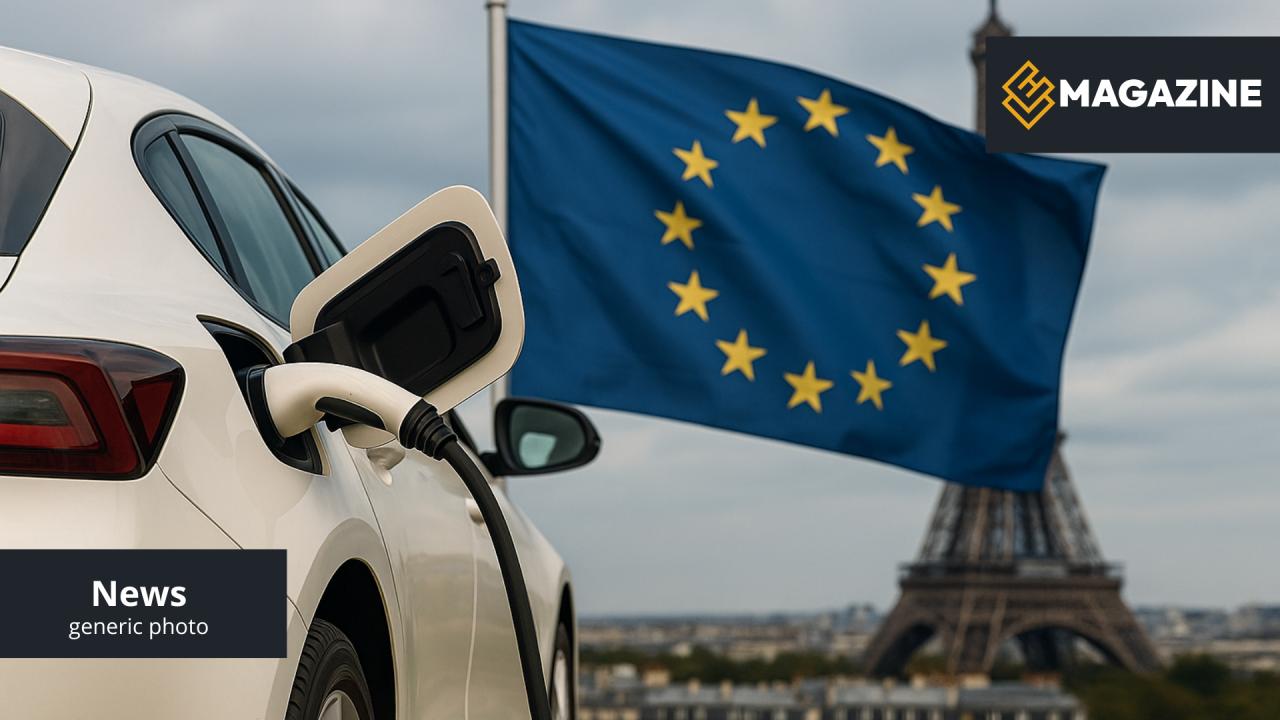27
25%
€2,000-7,000
60%
The Push for European Unity: Why Now?
The European Commission's consideration of harmonized EU-wide electric vehicle subsidies represents a pivotal moment in the continent's green transition. German Chancellor Olaf Scholz's proposal, now being actively examined by Brussels, aims to replace the current patchwork of national incentive schemes with a coordinated European approach that could fundamentally transform how EVs are promoted across the bloc.
Currently, European consumers face a bewildering array of national policies. While France offers income-dependent subsidies between €2,000 and €4,000, Germany eliminated its program entirely in December 2023, leading to a 37% drop in EV sales. Meanwhile, countries like Norway maintain comprehensive tax exemptions, while eight EU member states offer no purchase subsidies whatsoever. This fragmentation creates market distortions and undermines the single market principle.
Current Landscape: A Continent Divided
Policy Focus: Income-dependent support with emphasis on lower-income households and domestic production requirements.
Policy Focus: Transition to tax-based incentives after abrupt subsidy termination caused market disruption.
Policy Focus: Rapid market development through targeted incentives after ending purchase subsidies in 2024.
The Brussels Blueprint: Designing Pan-European Incentives
European Commission Vice-President Teresa Ribera acknowledged the complexity of creating a unified system that must navigate World Trade Organization rules while preventing subsidies from flowing to Chinese manufacturers. The scheme must balance rapid electrification goals with European automakers' capacity constraints, all while maintaining fair competition within the single market.
Any EU-wide scheme must avoid discrimination while protecting European manufacturers from unfair competition, particularly from heavily subsidized Chinese EVs.
Determining fair contribution levels from member states with vastly different economic capacities and existing national schemes poses significant challenges.
Debates continue over universal subsidies versus income-dependent support, with some advocating for social equity while others prioritize rapid market penetration.
Proposals include technology transfer requirements and local production mandates for foreign manufacturers seeking EU support.
It makes sense to see how we could figure out in a pan-European perspective, how to facilitate the measures instead of going through national subsidies. We must avoid a race where we could be confronting one national model versus another one.
Global Competition: The Driving Force
China's Dominance
Market Reality: Chinese EVs now average 75% cheaper than their European counterparts when accounting for features and range. With China capturing over 60% of global EV sales and expecting electric vehicles to surpass internal combustion engine sales within its own borders in 2025, European manufacturers face an existential challenge.
Strategic Response: The EU's October 2024 countervailing duties on Chinese EV imports, ranging from 7.8% to 35.3% depending on the manufacturer, represent only a partial solution. Unified subsidies could provide the demand-side support needed to maintain European competitiveness.
American Protectionism
Potential elimination of the $7,500 federal tax credit and threats of widespread tariffs create uncertainty for transatlantic EV trade.
While Europe targets 25% EV market share in 2025, the US market remains at 11%, highlighting different policy approaches and market maturity levels across the Atlantic.
Timeline and Implementation Scenarios
While the European Commission has confirmed active examination of the proposal, implementation faces significant hurdles. Industry sources suggest a realistic timeline extends into 2026-2027, with pilot programs potentially launching earlier in select member states. The urgency increases as automakers face stricter CO2 targets, with flexibilities granted for 2025-2027 providing only temporary relief.
What This Means for European Consumers
Unified subsidies could reduce the current 20-30% price premium of EVs over conventional vehicles, making electric mobility accessible to middle-income buyers.
Coordinated incentives would likely accelerate charging network expansion, addressing range anxiety concerns that deter 40% of potential buyers.
Stronger demand signals could accelerate the introduction of affordable models under €25,000, currently lacking in the European market.
Harmonized rules would simplify EV purchases for consumers living near borders or buying vehicles from other EU countries.
Industry Perspectives and Market Dynamics
European manufacturers find themselves at a crossroads. While companies like Volkswagen target 70% EV sales by 2030, the immediate challenge lies in competing with Chinese brands offering superior value propositions. The average battery electric vehicle in Europe costs 39% more than in 2015, while Chinese manufacturers have achieved price parity or even undercut conventional vehicles in their home market.
Supply Chain Considerations: The proposed Net Zero Industry Act aims for 40% of strategic net-zero technology needs to be met by EU manufacturing by 2030. This industrial policy dimension adds complexity to subsidy design, as support mechanisms must balance consumer affordability with domestic production goals.

